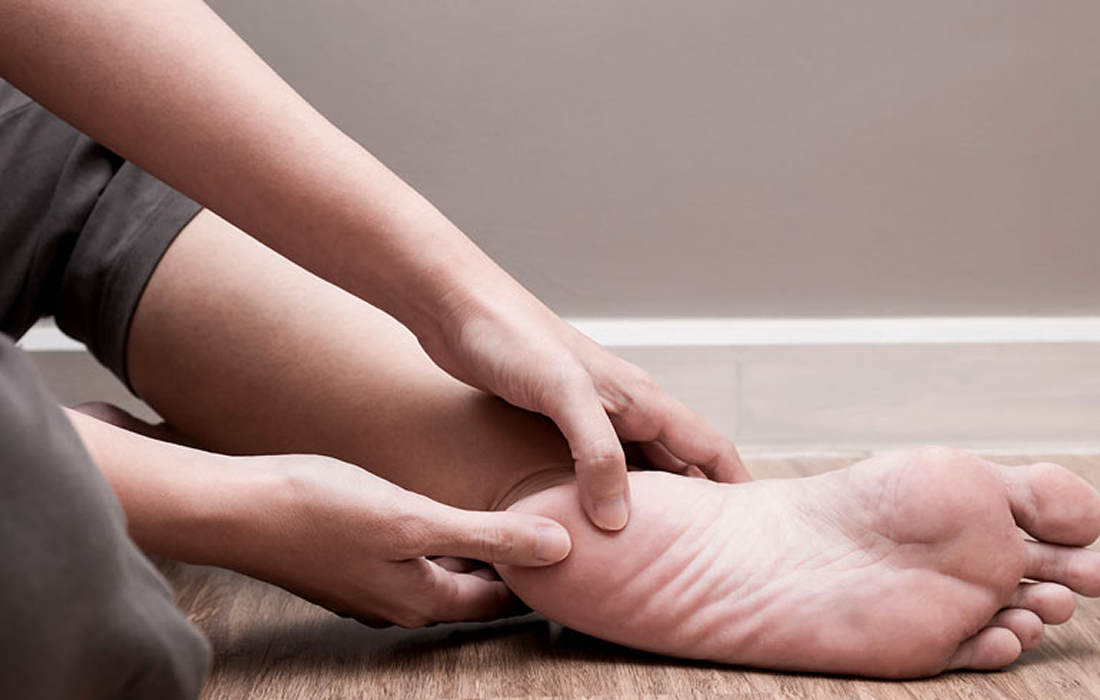Anti-Aging
Platelet-Rich Plasma for the Treatment of Plantar Fasciitis
What is Plantar Fasciitis?
Plantar fasciitis (PF) is one of the most common causes of heel pain. It involves inflammation of a thick band of tissue that runs across the bottom of each foot and connects the heel bone to the toes (plantar fascia).
It commonly causes a stabbing pain that usually occurs with your first steps in the morning, and as you get up and move, the pain normally decreases, but it might return after being standing for long periods or when you stand up after sitting.
Approximately 11-15% of patients require professional care. It is estimated that approximately 1 in 10 people experience heel pain at some point. Although PF occurs at all ages, the highest risk of occurrence of PF is 40 to 60 years of age, with no significant sex bias.
What Causes Plantar Fasciitis?
The plantar fascia is a band of tissue that connects the heel bone to the base of your toes. It supports the arch of the foot and absorbs shock when walking.
Tension and stress on the fascia can cause small tears. Repeated stretching and tearing of the fascia can cause irritation and inflammation, occasionating pain.
Signs and Symptoms
It typically causes a stabbing pain in the bottom of the foot near the heel that is worse during the morning, after you take your first steps.
It can increase and/or be triggered by long periods of standing or when you get up from sitting.
The diagnosis of PF is mainly based on the patient’s history and clinical examination, and further investigation is rarely needed.
Current Treatment Options
Different methods have been used in the treatment of plantar fasciitis, some of them include oral medications like nonsteroidal anti-inflammatory drugs, corticosteroid injections, and other non-drug approaches, such as ice packs, shoe inserts, plantar fascia stretching exercises, extracorporeal shock wave therapy, and even surgical treatment when all other treatment options fail.
Steroid injections are often not successful after 1 injection and can thus require multiple injections, which may be associated with potential complications, including plantar fascia rupture and fat pad atrophy. That is why finding alternative therapies is important.
Regenerative Medicine Treatments
Local injections with the use of platelet-rich plasma (PRP) is an emerging therapy for ligament pathologies and other musculoskeletal injuries.
PRP is prepared from autologous whole blood that contains an increased concentration of autologous platelets. In the clinic, PRP has been widely applied to various tissue injuries, such as osteoarthritis, muscle strain, bone healing, and tendon injury.
Clinical Trials Using PRP for Plantar Fasciitis
In a meta-analysis by Wei-yi Yang and colleagues, that included a total of 416 individuals in total from different clinical trials, researchers found that PRP has better long-term efficacy in relieving pain, with more than 24 weeks when compared to steroid injections. The studies didn’t show significant differences in short-term (2-4 weeks) and intermediate-term (4-8 weeks) pain relief.
The cytokines and growth factors present in PRP may play an important role in the treatment of PF. PRP is rich in transforming growth factor, vascular endothelial growth factor and platelet-derived growth factor, and also anti-inflammatory cytokines, which in combination are necessary to initiate the healing stages and to reverse the degenerative process at the base of the plantar fascia.
The plantar fascia is inaccessible to high concentrations of platelets and growth factors because of hypovascularity and hypocellularity, and PRP injections enable delivery directly to the lesion site. Platelets contain dense and alpha granules; alpha particles can release stored platelet-derived growth factors after platelet stimulation, and platelet-derived growth factors can promote angiogenesis and fiber repair.
The researchers recommend the use of PRP as the preferred treatment for plantar fasciitis considering the long-term effectiveness. Also, PRP injections have the added benefit of not having the potential side effects of corticosteroids, such as plantar fascia rupture and fat pad atrophy.
Sources:
Yang WY, Han YH, Cao XW, et al. Platelet-rich plasma as a treatment for plantar fasciitis: A meta-analysis of randomized controlled trials. Medicine (Baltimore). 2017;96(44):e8475. doi:10.1097/MD.0000000000008475
https://www.mayoclinic.org/diseases-conditions/plantar-fasciitis/symptoms-causes/syc-20354846
Image from:

